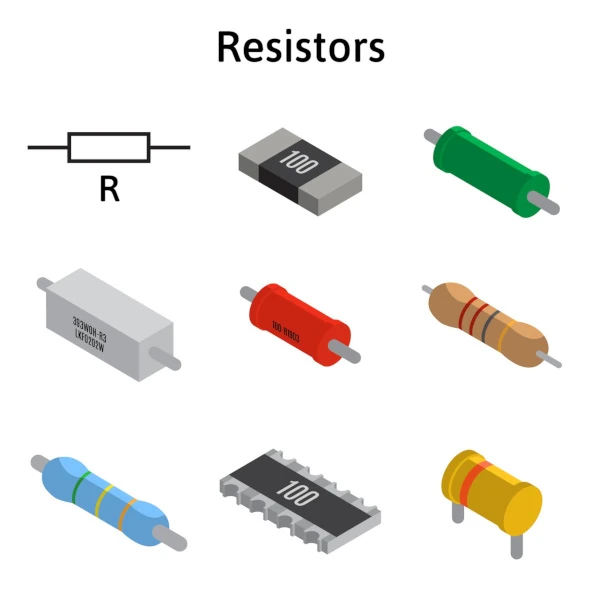
Resistors are common components in electronic circuits. Resistors can be made of many different materials, including thin films, cement, or high-resistance nickel-chromium alloys (resistance wires). Resistors can also be integrated into integrated circuits, especially analog ICs, but also into hybrid collective circuits or printed circuits.
The function of a resistor can be expressed by its resistance, and the resistance range of commonly used resistors exceeds 9 orders of magnitude. Resistor resistance has a certain tolerance range. When using resistors in electronic circuits, you need to consider whether the allowable tolerance of the resistor is consistent with the application. If it is some precision circuits, you may also need to consider the temperature coefficient of the resistor. Resistors are also marked with their maximum power, which needs to be greater than the resistor’s expected energy dissipation in the circuit, especially in power electronics applications.
Resistors will have series stray inductance and parallel stray capacitance. These parameters are very important in high frequency applications. In the application of low noise amplifier or preamplifier, the noise of the resistor also needs to be considered.
Resistors play the roles of voltage dividing, current limiting, and biasing in circuits, and are indispensable basic components in electronic equipment.
Viarous kinds of resistors, we can source.
Type of Resistors
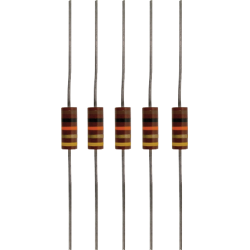 Carbon composition resistors (CCR) are fixed value resistors. They are made out of fine carbon particles mixed with a binder (for example clay). After baking, it has a solid form.
Carbon composition resistors (CCR) are fixed value resistors. They are made out of fine carbon particles mixed with a binder (for example clay). After baking, it has a solid form.
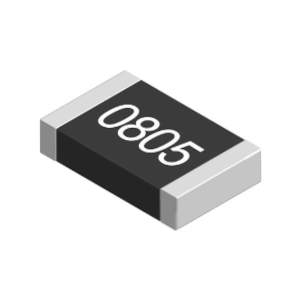 Surface Mount Resistors, also known as SMDs, are one of the most widely used resistors because they reduce the flow of current in circuits.
Surface Mount Resistors, also known as SMDs, are one of the most widely used resistors because they reduce the flow of current in circuits.
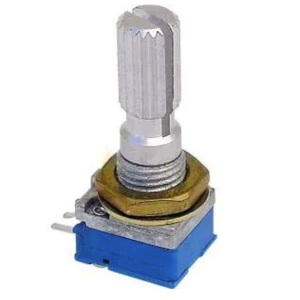 Variable resistors are resistors whose resistance value can change continuously or stepwise within a certain range. It is usually composed of three parts: a resistor, a rotating system (including a rotating shaft, a sliding blade, a brush block, etc.) and a shell (including an insulator, a contact piece, etc.).
Variable resistors are resistors whose resistance value can change continuously or stepwise within a certain range. It is usually composed of three parts: a resistor, a rotating system (including a rotating shaft, a sliding blade, a brush block, etc.) and a shell (including an insulator, a contact piece, etc.).
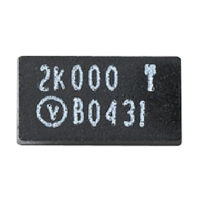 Metal Foil Resistors are a special type of resistor. It forms a nickel-chromium alloy through vacuum smelting, and then rolls it into a metal foil. The metal foil is then bonded to an alumina ceramic substrate. Finally, the shape of the metal foil is controlled through a photolithography process to control the resistance.
Metal Foil Resistors are a special type of resistor. It forms a nickel-chromium alloy through vacuum smelting, and then rolls it into a metal foil. The metal foil is then bonded to an alumina ceramic substrate. Finally, the shape of the metal foil is controlled through a photolithography process to control the resistance.
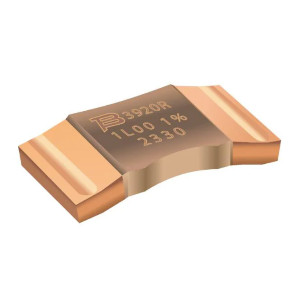 Current Sense Resistors, namely current sensing resistors (CSR). The working principle of the current sensing resistor (CSR) is Ohm’s law, that is, I=U/R. The voltage across the resistor is detected by the IC, and the current value through the resistor is obtained by dividing the voltage by the nominal value of the resistor. The accuracy of the sampling resistor directly affects the accuracy of current sampling.
Current Sense Resistors, namely current sensing resistors (CSR). The working principle of the current sensing resistor (CSR) is Ohm’s law, that is, I=U/R. The voltage across the resistor is detected by the IC, and the current value through the resistor is obtained by dividing the voltage by the nominal value of the resistor. The accuracy of the sampling resistor directly affects the accuracy of current sampling.
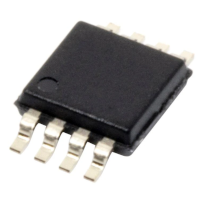 Electronic components composed of multiple resistors. Resistor networks and resistor arrays are usually integrated into a package with multiple pins, allowing for easy connection and combination of multiple resistors.
Electronic components composed of multiple resistors. Resistor networks and resistor arrays are usually integrated into a package with multiple pins, allowing for easy connection and combination of multiple resistors.
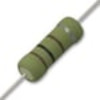 Ceramic synthetic resistors, has high heat resistance and can withstand high temperature environments. It is a reliable and durable electronic component used in electronic equipment. Ceramic composite resistors are most commonly used to control voltage to limit the size of current and protect electronic components from external power supply interference. They can also be used as filters to correct external power supply waveforms to make circuit characteristics more stable.
Ceramic synthetic resistors, has high heat resistance and can withstand high temperature environments. It is a reliable and durable electronic component used in electronic equipment. Ceramic composite resistors are most commonly used to control voltage to limit the size of current and protect electronic components from external power supply interference. They can also be used as filters to correct external power supply waveforms to make circuit characteristics more stable.
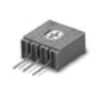 Whose design allows them to be fixed in metal holes on the circuit board by soldering, rather than like surface mount resistors. (SMD resistor) is directly attached to the surface of the circuit board.
Whose design allows them to be fixed in metal holes on the circuit board by soldering, rather than like surface mount resistors. (SMD resistor) is directly attached to the surface of the circuit board.
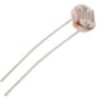 A photoresistor is a special resistor that uses a photosensitive element to convert light signals into electrical signals. Its resistance value changes with the intensity of incident light, and it can change its conductance under lighting conditions.
A photoresistor is a special resistor that uses a photosensitive element to convert light signals into electrical signals. Its resistance value changes with the intensity of incident light, and it can change its conductance under lighting conditions.
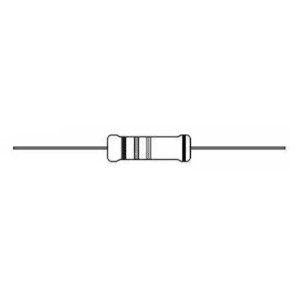 Metal oxide resistor is a special type of resistor whose resistance material is mainly composed of metal oxide. Metal oxide resistors have high resistance values and good stability, and can maintain stable resistance characteristics in harsh environments such as high temperature and high humidity.
Metal oxide resistor is a special type of resistor whose resistance material is mainly composed of metal oxide. Metal oxide resistors have high resistance values and good stability, and can maintain stable resistance characteristics in harsh environments such as high temperature and high humidity.
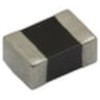 The negative temperature coefficient thermistor. NTC thermistor is a semiconductor component whose resistance value is extremely sensitive to temperature. Its resistance value decreases as the temperature increases. Utilizing this characteristic, NTC thermistors can be used for temperature measurement, temperature control, temperature compensation, etc., and are often called temperature sensors.
The negative temperature coefficient thermistor. NTC thermistor is a semiconductor component whose resistance value is extremely sensitive to temperature. Its resistance value decreases as the temperature increases. Utilizing this characteristic, NTC thermistors can be used for temperature measurement, temperature control, temperature compensation, etc., and are often called temperature sensors.
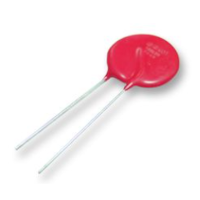 Varistors are usually made of semiconductor materials and have non-linear resistance characteristics. When voltage or current exceeds a certain threshold, the resistance of the varistor drops sharply, limiting further increases in current or voltage. This characteristic allows the varistor to play the role of overvoltage protection, overcurrent protection, surge absorption, etc. in the circuit, protecting other components in the circuit from damage.
Varistors are usually made of semiconductor materials and have non-linear resistance characteristics. When voltage or current exceeds a certain threshold, the resistance of the varistor drops sharply, limiting further increases in current or voltage. This characteristic allows the varistor to play the role of overvoltage protection, overcurrent protection, surge absorption, etc. in the circuit, protecting other components in the circuit from damage.
Top Resistor Manufacturers
Popular used Resistor manufacturers, ranking in no particular order.
distributors
Worldwide first-classs distributors, ranking in no particular order.
Our Services
Discover our diverse services customized for your needs. From design to execution, we’ve got it all.
Single Component Sourcing
Efficiently source one single components with our streamlined process. Save time and resources today.
Multiple Components Sourcing
Efficiently source multiple components with our streamlined processes and expert team.
Entile BOM Components Sourcing
Leave the tough sourcing job to us, just enjoy a cup of coffees time you can get a prompt response.
NRND Components Sourcing
Sourcing for alternative components, managing obsolescence risks, and ensuring the availability and reliability of critical components.
Hard-to-find Components Sourcing
Acquiring rare, discontinued, or difficult-to-obtain components by our our extensive network and experience.
Stock Management
Balancing inventory levels to ensure the availability parts when needed, minimizes stockouts and overstocking and helps maximize profitability.
